By The LBS
Vehicles cannot function without tyres. Have you ever inspected your tyres for damage caused by wear? No idea? Riders often take this for granted, so we don’t blame them. People become panicked when they encounter certain situations while driving.
The uniqueness of tyres can lead to many problems if proper measures aren’t taken to maintain them. Usually, the tyre tube guards eliminate all tyre problems and give you a long-lasting, reliable solution. At the same time, the sealant will do its job if your tyres have severe punctures or leaks and limit the damage of travelling with deflated tyres.
Suitable for tubeless as well as tubed tyres
Neither tubed nor tubeless tyres need to be sealed with tubeless tire sealant. Tubed tyres have the valve stems inserted straight into the tube, while tubeless tyres have the valve stem positioned between the tread and the wheel.
No tire is picky when it comes to flats. All lawnmowers, trailers, automobiles, bicycles, and equipment with wheels have them. Emergency flat tires can be quickly and inexpensively solved with tire sealant. How do you know when to use tire sealant and which tires to use it on? Why should you avoid using tire sealant in some situations?
How does tire sealant work? Tire sealants coat the inside of your tires (or tubes) with fibrous liquids. A punctured tire is sealed with sealant by the escaping air. Sealant liquid escapes from the plug, causing the fibres to combine to create a flexible plug.
We can now examine which kinds of tires would benefit from tire sealant:
 If you have a emergency flat tire, use the yellow emergency tire repair sealant to get hold of the flat tire repair.
If you have a emergency flat tire, use the yellow emergency tire repair sealant to get hold of the flat tire repair.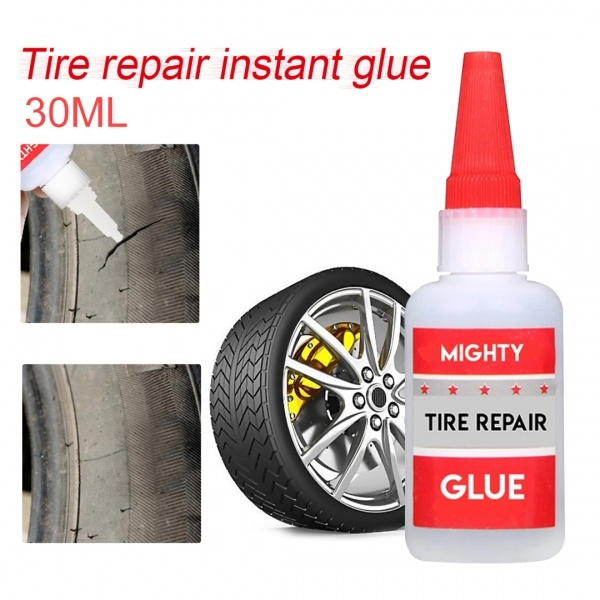 Tube sealant Slime red label can keep your bicycle tubes from flattening for two years.
Tube sealant Slime red label can keep your bicycle tubes from flattening for two years.Still, have a tubed-tyred bicycle? How do you repair it when it gets flat? Purchase a sealant, a flat tire repair kit from the bike shop or buy one from a store? You can easily make your tire sealant at home for small holes for the emergency flat tire repair.
While tubeless tires are becoming more popular, some bicycle lovers still prefer stans because they are accustomed to going bicycling with them. If their tires are flatted, with an issue in suspension they will also need sealants, regardless of what type of tires they purchase.
In different sports centres around this area, conventional tire sealants can be purchased. However, being able to save more time and money by making own tire sealant is also essential.
Here are the different recipes for homemade tire sealants to help you start with your DIY projects and for the slime flat tire repair.
Do-it-yourself tire sealants containing the ingredient which are only meant to be used on flat tires that are taped. This DIY ingredient might work, for example, if the flat tire was simply the result of a needle in a syringe. Moreover, if water-based glue is not an option, it is recommended to use more heavy-duty glue after the procedure for the long route riding purpose. Before proceeding prepare a small batch of mixture. If unsure how to make one you can go through internet
Sources required
If you need a different amount of sealant for the sidewalls, you need to use an additional amount of your own sealant with the portable tire inflator. Mix as much sealant as you will need, and make sure not to prepare too much since it might dry up. It is impossible to seal tubed bicycle tires when sealants dry up.
Mix as much sealant as you will need, and make sure not to prepare too much since it might dry up. It is impossible to seal tubed bicycle tires when sealants dry up.
Methodology
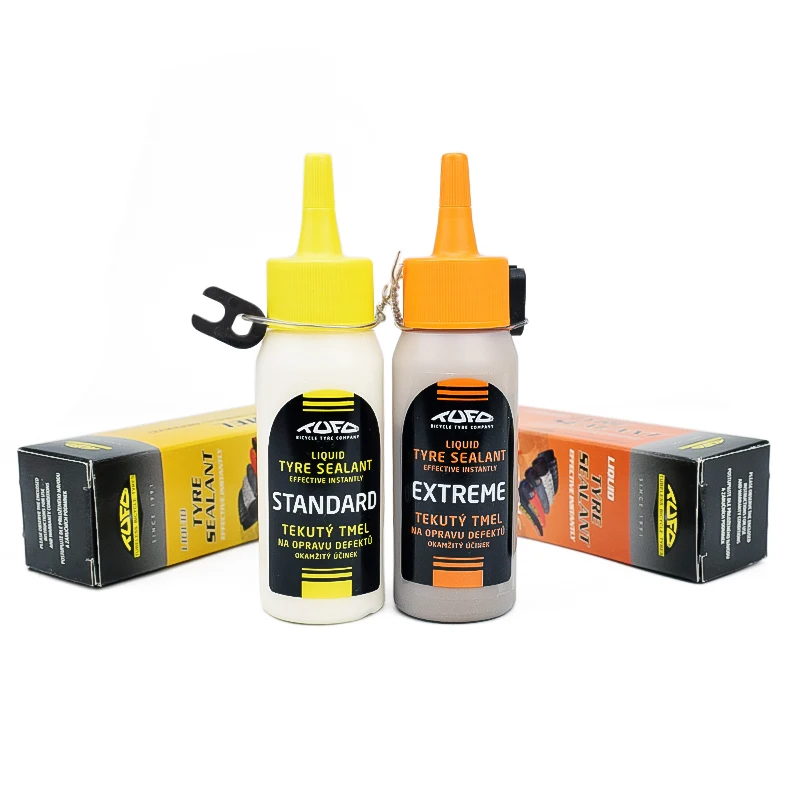 Just not anti freeze the mixture.
Just not anti freeze the mixture.
You can use this set of mixture with the tire sealant kits if you’ve found yourself in an actual sticky situation and need a heavy-duty tubeless tire sealant. These materials are different from other tire sealant kits since they are not as readily available as materials used as the simple sealants. The mixture is suitable for bikes pinch thorns with sidewall.
For your convenience, these materials are available online for you to look at them without consuming your time but with general consensus. You should do research before you visit a store to find out if the suitable brands are available nearby before hitting the gravel roads with the puncture.
The materials
Methodology
 Prepare the following materials: Latex Mold Builder, Glycol Based Antifreeze, Automotive Slime, 32 oz of water, and 1 oz of rubber dust or glitter in the largest size possible so the tire won’t look blocked by the dust.
Prepare the following materials: Latex Mold Builder, Glycol Based Antifreeze, Automotive Slime, 32 oz of water, and 1 oz of rubber dust or glitter in the largest size possible so the tire won’t look blocked by the dust. It does not make sense in buying conventional tire sealant kits if we are in an unnecessary situation with our bicycles. To have more savings and avoid buying too much in the stores, you can try these car tire slime mixtures for a quick fix. If not sure what to do next connect with mtbr for a hassle free solution.
JavaScript is disabled. For a better experience, please enable JavaScript in your browser before proceeding.
Jump to Latest
The Best Tubeless Tire Sealant for Your Mountain Bike
Tubeless tires had a slow acceptance from the mountain bike community for many reasons, but as tire and rim interfaces improved, sealants became more available and better at sealing punctures, tubeless tire systems have now become the norm. When setting up your tires tubeless, a sealant will help to manage any small leaks that may form in the tire casing while also providing additional peace of mind for small punctures that may be encountered from thorns, goatheads, and other sharp trail debris.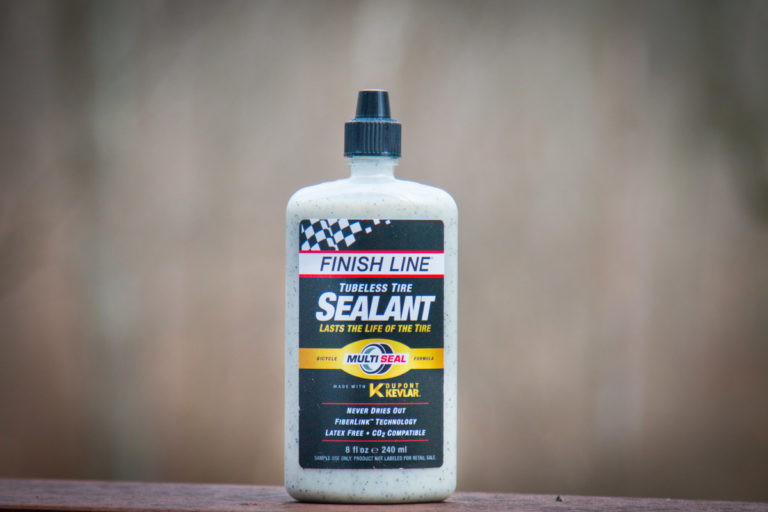
Related: How to pick the right mountain bike tire
What is tubeless sealant?
Tubeless sealant is a liquid designed to plug small punctures encountered during riding. Sealant utilizes a liquid paired with a mixture of fibers and small particles which, in the event of a puncture, coagulate at the site of air escape. There are two main types of sealants: latex-based and latex-free.
Latex-based sealant
Most common sealants function best due to the coagulating properties of their main ingredient: latex. Latex, coagulates because it is is a dispersion of polymers base in either water, or a water-based solution of ammonia. As a hole forms, air pressure drops creating a rush of air which causes the water/ammonia-solution to evaporate through the puncture while the latex particles are left to plug the puncture.
One main problem with latex-based sealants is that with normal use, airing up and airing down, the liquid solution slowly evaporates leaving a ball of coagulated latex after a few months of use and rendering the sealant rather useless.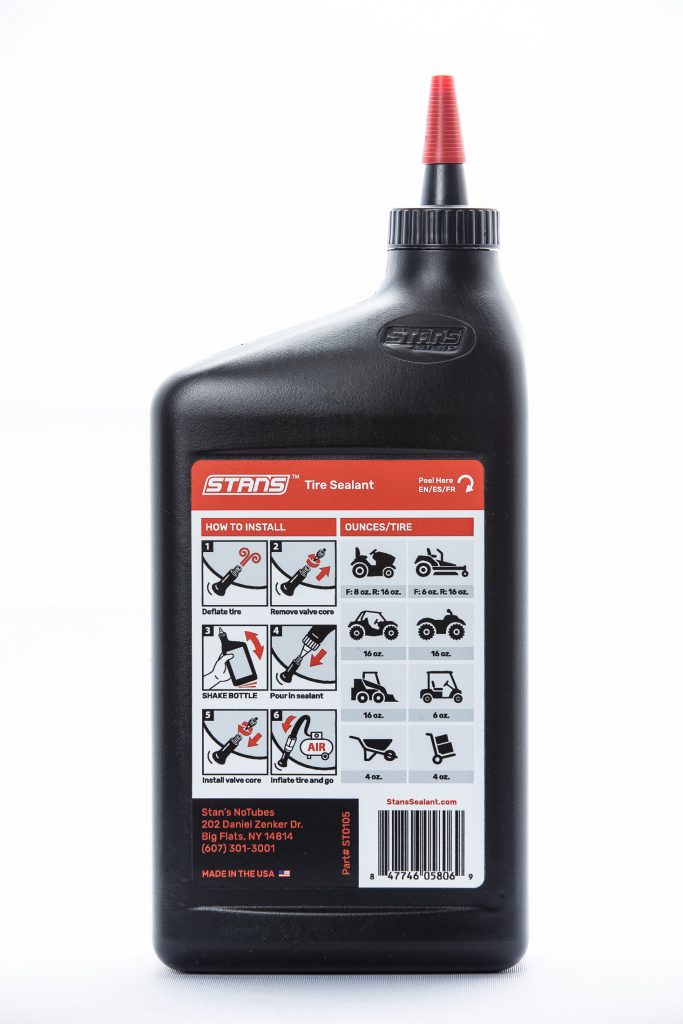 Meaning the sealant needs to be topped off every month or so depending on your climate and riding habits.
Meaning the sealant needs to be topped off every month or so depending on your climate and riding habits.
Latex-free sealants
These sealants contain no latex meaning no chemical reaction takes place. These contain a thicker liquid solution that is aided by a wider variety of sealing particles of various textures and sizes. Latex-free sealants inevitably last longer in tires, but in our experience aren't quite as good at sealing problematic punctures and leaks
What are your needs?
As with most products, sealants performance is dependent on many factors. Defining your personal needs for a sealant come down to your local climate, tire choice, and riding preferences. Cese in point: If you live in the dry Southwest part of the U.S., your sealant will not only dry out more quickly, you will also likely encounter more punctures due to the sharpness of the vegetation in this zone. If you're a rider living in the PNW, the colder climate and increased humidity will mean you can go longer without replacing your tubeless tire sealant.
Related: Maxxis Tires - Which bike tire is best for you?
Muc-Off No Puncture Hassle Sealant
Developed with the world's top downhillers and pro peloton teams, Muc-Off's new sealant uses microfiber molecules to fill the bigger holes and tears, while a latex formula forms a strong seal instantly. The formula also contains a unique UV detection system that highlights any punctures you haven't seen during your ride. It's non-corrosive and easily washes off with water. Compatible with tubeless-ready and full UST wheels/tires, No Puncture Hassle works from 15psi-120psi and temperatures from -20°C to +50°C. The pouch is designed to fit your Presta valve perfectly and is ideal to add to your toolkit or ride pack for emergency top-ups on the go!
Pros:
Cons:
Price: $39. 99/ 1liter (33.8 fl oz)
99/ 1liter (33.8 fl oz)
Buy Now
Stan's No-Tubes Sealant
As one of the pioneers of tubeless tire sealants, Stan's is still known as one of the most popular sealants among mountain bikers. Stan's Tire Sealant is formulated to stay liquid in tires with even thin casings for up to seven months. though we have had the best luck by adding sealant every couple of months. Made in the U.S., this latex based sealant is easily found at most bike shops and about 2oz of sealant will protect a standard MTB tire with a puncture of up to 1/4".
Pros:
Cons:
Price: $28/ 32 fl oz
Buy Now
Orange Seal Endurance Sealant
Available in two forms, Orange Seal's Endurance formula is claimed to last longer and plug larger holes than the traditional Orange Seal.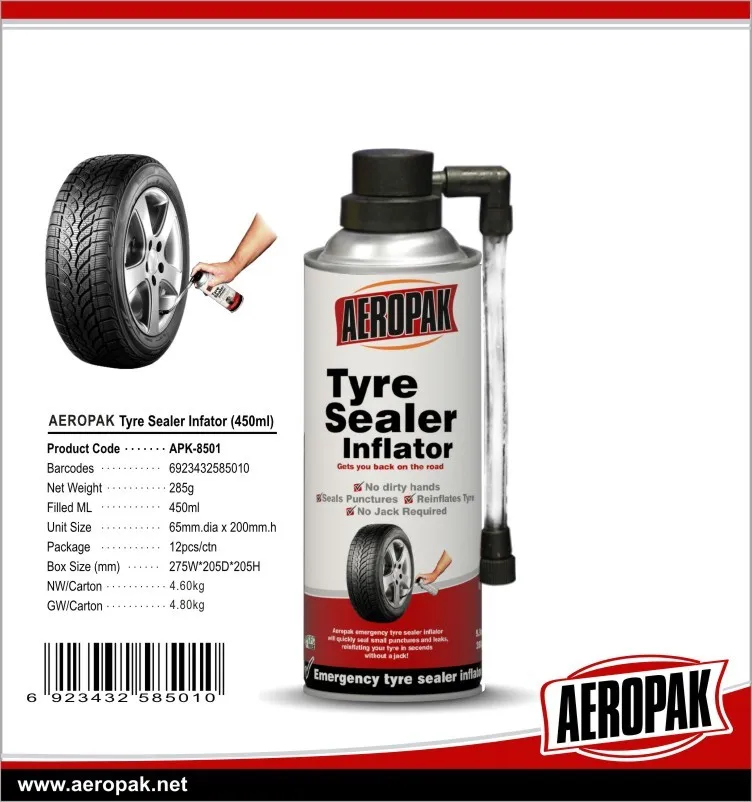 We liked the thicker viscosity of the Endurance formula and it did seem to last longer than the OG Orange Seal, but it does cost more.
We liked the thicker viscosity of the Endurance formula and it did seem to last longer than the OG Orange Seal, but it does cost more.
Pros:
Cons:
Price: $11/ 4 fl oz
Buy Now
Effetto Mariposa Caffélatex
Using a blend of liquid synthetic polymers gives Caffélatex its "latex-like" behavior as it becomes solid when exposed to fast evaporation and thus repairing holes in this process. The Italian engineered product benefits from its foaming behavior (passing from liquid to foam when activated by wheel movement). When wheels are turning, centrifugal force drives standard liquid sealants against the outer circumference inside the tire while Caffelatex foams up and is able to be forced into punctures at any area on the tires carcass.
Additive: Vitamina CL is a sealant additive that is made to mix with Caffélatex sealant to improve large puncture repair. The powder is added directly to the inside of the tires Caffélatex mixture for improved and more even dispersion. The V-CL particles will significantly increase the maximum repairable puncture size while reducing repair time and pressure loss, and the precisely tuned particle size and density offer optimal diffusion within the sealant
Pros:
Cons:
Price: $29.99/ 1000ml (33.8 oz)
Buy Now
e*Thirteen Tire Plasma
"We've used our share of mediocre sealants, messy, smelly slop that left us yearning for the halcyon days of tubes. So when it came time to formulate our own sealant, we knew what to avoid." e*Thirteen says about setting out to create a sealant of a different nature. At under $20 per 32oz bottle, this is just about the cheapest sealant, plus it is designed specifically around MTB specific punctures. It's a little different from other latex-based sealants in that it's instead formulated with compounded acrylic resin with self-cross-linking properties. It is also designed to help make tubeless setup easier as well. Its eco-friendly formula is non-toxic, safe for tire casings, and cleans up easily with water.
So when it came time to formulate our own sealant, we knew what to avoid." e*Thirteen says about setting out to create a sealant of a different nature. At under $20 per 32oz bottle, this is just about the cheapest sealant, plus it is designed specifically around MTB specific punctures. It's a little different from other latex-based sealants in that it's instead formulated with compounded acrylic resin with self-cross-linking properties. It is also designed to help make tubeless setup easier as well. Its eco-friendly formula is non-toxic, safe for tire casings, and cleans up easily with water.
Pros:
Cons:
Price: $17. 95/ 1liter (33.8 fl oz)
95/ 1liter (33.8 fl oz)
Buy Now
Joe's No Flats Super Sealant
Joe's offers a very robust line of sealants, bike wash and lubrication products that are effective and non-toxic. Their latex based Super sealant is a grea option for riders looking for something outside of the mainstream sealant market. It's ammonia free and isn't as adhesive as some other options out there. It seems to last well and seals decent size punctures. It's available in a variety of sizes from single serving 2-oz. trailside bottles to large 1-liter bottles.
Pros:
Cons:
Price: $29.99/ 1liter (33.8 fl oz)
Buy Now
Mtbr is committed to finding, researching, and recommending the best products.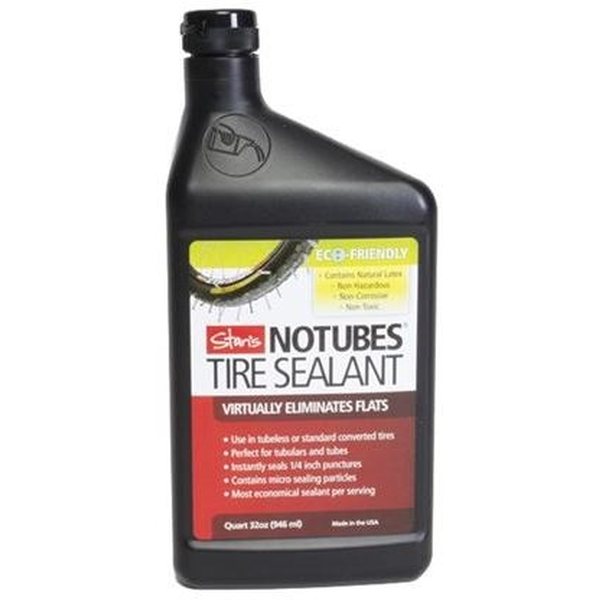 We earn commissions from purchases you make using the retail links in our product reviews. Learn more about how this works.
We earn commissions from purchases you make using the retail links in our product reviews. Learn more about how this works.
Screen-Shot-2020-10-13-at-10.28.21-AM.png
177 KB Views: 3,585
Screen-Shot-2020-10-13-at-10.38.05-AM.png
188.1 KB Views: 3,422
Screen-Shot-2020-10-13-at-11.00.55-AM.png
309.6 KB Views: 3,509
Screen-Shot-2020-10-13-at-11.13.08-AM.png
392.4 KB Views: 39
Screen-Shot-2020-10-13-at-11.15.26-AM.png
613.3 KB Views: 3,645
Screen-Shot-2020-10-13-at-11.33.21-AM.png
334.4 KB Views: 3,201
Screen-Shot-2020-10-13-at-11.40.01-AM.png
503.6 KB Views: 3,017
Jordan Carr
Follow View All Authors
Follow View All Authors
1 - 20 of 28 Posts
 Please consider creating a new thread.
Please consider creating a new thread.Top
Difficult road conditions can lead to various situations, and it happens that the tire of the wheel is punctured. If you don't have a spare wheel in your car, it's a good idea to always have bead sealant for tubeless tires available. The substance allows you to eliminate problems so that you can get to the right place. Also, the tool is used for preventive measures against punctures and cuts of tires while driving. Not all car owners are aware of the features of the use and choice of sealant, these issues will be discussed in detail in the article. nine0004
Content
Do I need sealant when fitting tires is a question that many car owners ask. At the same time, it cannot be said unequivocally that the application of the composition is a necessary step for the prevention of all wheels. Sealing the bead of tubeless tires is recommended for processing low-quality or old tires and discs with flaws. In this embodiment, the tubeless layer, located close to the rim, is not dense, which may result in depressurization of the tire. nine0004
At the same time, it cannot be said unequivocally that the application of the composition is a necessary step for the prevention of all wheels. Sealing the bead of tubeless tires is recommended for processing low-quality or old tires and discs with flaws. In this embodiment, the tubeless layer, located close to the rim, is not dense, which may result in depressurization of the tire. nine0004
Why use tire sealant on new tires, with an alloy wheel or another that is not bent? Then the use of the tool is not mandatory, and in some cases it can cause problems. When the near rubber layer is soft, if you seal this area, it becomes hard after drying. Such an action will lead to the destruction of the surface, the layer may be depressurized. When the vehicle is driven on a rough road, the firm position of the tire may cause a crack in the layer, and the air layer will be expelled. Of course, driving with such a defect will not work. nine0004
Tubeless tire bead sealing is recommended for repairing poor quality or old tires and defective rims.
Bead sealant for tires is divided into two types, this feature must be taken into account when choosing. There are latex and liquid with granules. The products are easy to apply, no disassembly of the wheel is required. The solidification process occurs from the connection with air. The latex layer opens inside the material, qualitatively covering the flaw. nine0004
For tire work, sealing agents are selected, and for recreating a tubeless layer, intended for repair work. Seals are divided into black and for the tubeless zone. The first one is chosen for old wheels to eliminate air outlet problems.
The second is used for areas with roughness on the sides of the tires, before installing the patch inside the tire. This is called roughening, as a result, the rubber layer is removed to remove the air space. In order for the pressure to remain at the desired level, sealant must be applied to the work area. nine0004
For tire work, sealing agents are selected, and for recreating a tubeless layer, intended for repair work.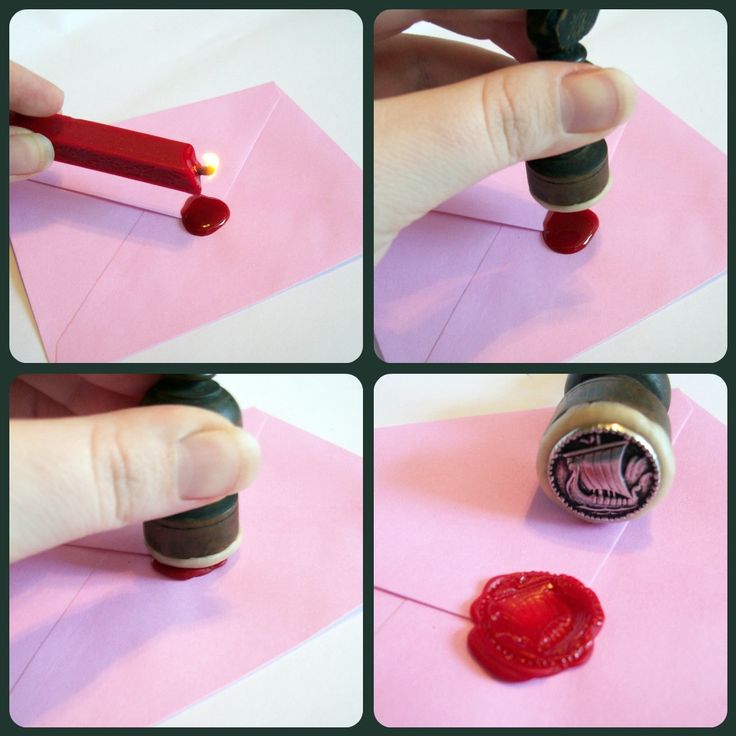
Bead sealant is available on the construction market in various versions, so you need to choose the product carefully. The following selection criteria can be distinguished:
Choose a product according to its intended purpose: preventive measures for tire puncture, elimination or increase of pressure.
In addition to the above parameters, it is possible to purchase low-quality sealant.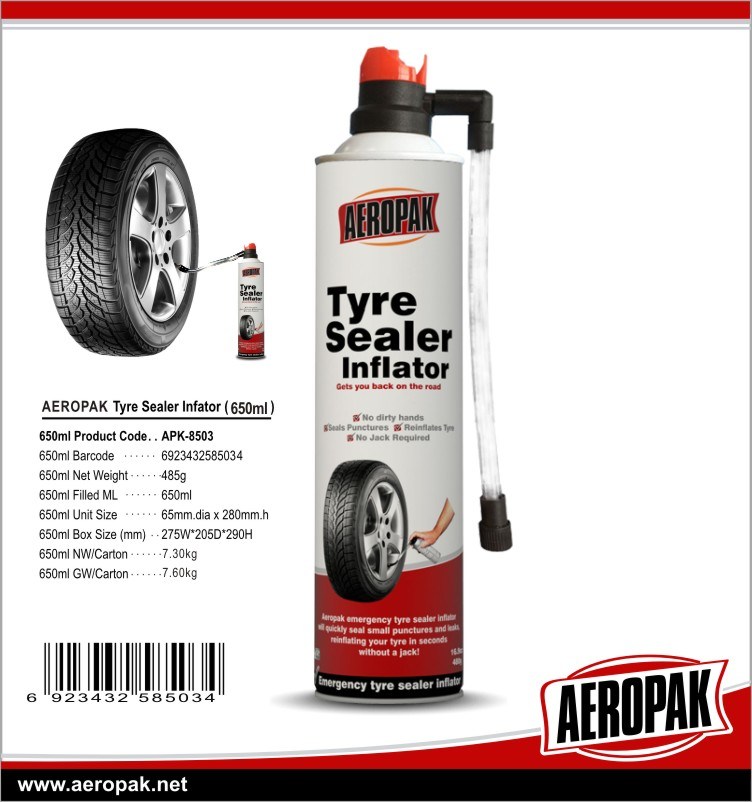 Therefore, when buying, they often focus on the rating of brands that are popular and have gained a lot of positive feedback from users. There are tire sealants of the following brands:
Therefore, when buying, they often focus on the rating of brands that are popular and have gained a lot of positive feedback from users. There are tire sealants of the following brands:
Creates a strong protective layer between rim and tyre. nine0004
 Volumes up to a liter are on sale, a brush for application can be immediately attached to the jar;
Volumes up to a liter are on sale, a brush for application can be immediately attached to the jar; Reliably covers incisions up to 3 mm.
Does not harden during operation, acquires a gel-like appearance, a high-quality sealing of the tire is acquired and the rubber is vulcanized. nine0004
nine0004
Selected to create a layer inside obsolete tires, can also remove 3 mm cracks.
Craftsmen have developed an option for making your own bead sealant. This became possible due to the presence of rubber contained in raw rubber in the factory sealants. So to prepare the product, you will need to stock up on this rubber, then immerse the material in gasoline.
Before buying rubber, they find out exactly whether it contains raw rubber, there may be only impurities that are unable to give reliable grip and close punctures.
nine0004
The amount of thinner is used so that the soaking of the rubber goes well, and you will need to get a solution similar to the factory one. After receiving the solution, it can be easily applied to the surface. The tool uses a brush.
To prepare the product, you will need to stock up on raw rubber, then immerse the material in gasoline.
Tubeless bead sealing extends product life. If on the road the car owner is faced with a puncture of the wheel, then the tool can help out. You can find different types of sealants on the market, they differ in technical characteristics, so you need to carefully study the instructions before buying. Then it will be possible to choose an option for the tire and the problem. nine0004
 Tubeless tire repair kit
Tubeless tire repair kit No car owner is immune from a tire puncture or cut. A nail, broken glass, a sharp curb or rail can damage a tire at any time. Of course, if there is a spare tire or a tire shop nearby, then the problem is solved quickly. But, if the driver is on the track, what should he do?
There are three types of tire damage: punctures, cuts and bulges. If the first two can be repaired, then the swelling ("hernia" or "bun") is not subject to any repair. Further operation may result in an explosion of the wheel.
Do-it-yourself tubeless tire repair can be done in three ways, depending on the size of the puncture or cut.
The most commonly used products are sealant and a set of harnesses. They are designed to repair punctures and cuts up to 5 mm in diameter. More serious "wounds" are treated with special patches. nine0004
Of course, all these methods are not a panacea. They serve only to ensure that the driver can get to the nearest tire shop or tire shop.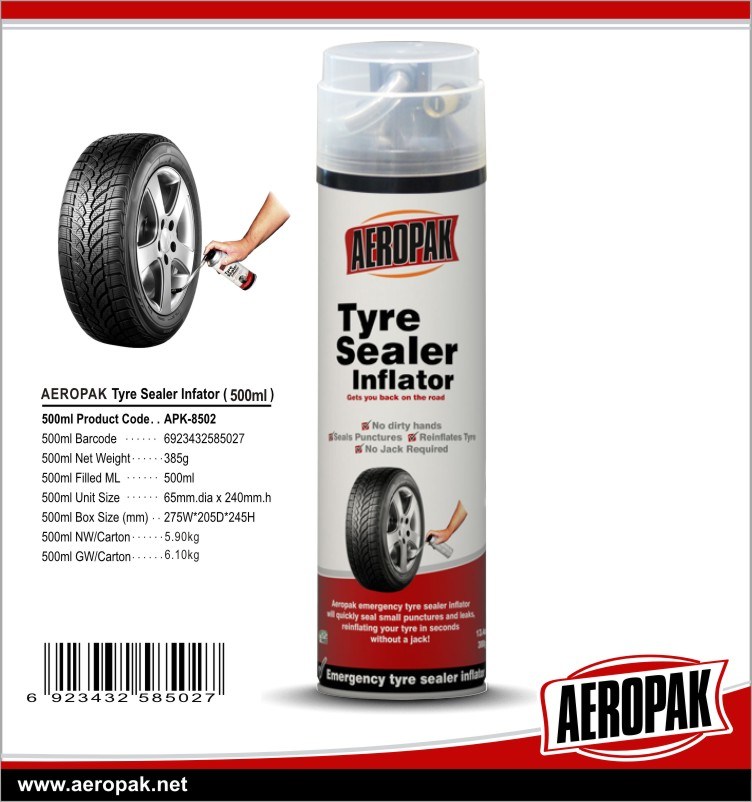
The easiest way to repair a tubeless tire is to use sealant. No matter where the puncture is - on the sidewall or on the treadmill. The use of sealant for repairing a tubeless tire looks like this:
To select the right sealant, several criteria must be considered. After all, sealants can be designed for both car tires and motorcycle or bicycle tires.
The container in which this composition is sold is also different: the cans are designed not only for filling the adhesive, but also for pumping the chamber. While plastic bottles only pump sealant.
There are compounds that are applicable only when repairing a tubeless tire with your own hands, but there are also universal sealants that can also be used to seal a wheel with a tube. nine0004
Pay attention to the wheel diameter indicated on the package. It is also necessary to familiarize yourself with the temperature regime of storage and use of various sealants. Most of them lose their properties already at 0°C.
Another popular but more energy-intensive way to repair a tubeless tire puncture is to use harnesses. They are sold complete with an awl, file and special glue.
This approach is as effective as repairing with sealant, but will require more time and possibly the removal of the wheel. nine0004
Do-it-yourself tubeless tire repair kits of different brands have the same package. In rare cases, a knife for cutting bundles is added to them. Since this set can be used repeatedly, some owners have such a nuisance: they opened the set for the first time, used glue, and after a while it dried up. Fortunately, manufacturers have foreseen this problem. Glue for repairing tubeless tires with bundles is sold both in a set and as a separate unit. nine0004
In rare cases, a knife for cutting bundles is added to them. Since this set can be used repeatedly, some owners have such a nuisance: they opened the set for the first time, used glue, and after a while it dried up. Fortunately, manufacturers have foreseen this problem. Glue for repairing tubeless tires with bundles is sold both in a set and as a separate unit. nine0004
The tubeless tire repair kit is not suitable for tubeless tires. Therefore, before starting the procedure, just in case, you should make sure that the tire is still tubeless.
Next, proceed as follows:

When you have achieved complete tightness, you can cut off the protruding tails of the harnesses and go to the nearest tire shop.
Perhaps the most dangerous and in many cases beyond repair is the side cut. For passenger car tires, there is a cut limit at which it is possible to patch a wheel. Longitudinal cut - no more than 35 mm, transverse - no more than 25 mm. For large sizes, the repair of a side cut of a tubeless tire becomes irrelevant, since the number of damaged cords is too large for the wheel to maintain stability on the road. nine0004
It is also irrelevant to repair a cut that is too close to the edge of the tire or on the edge itself. The patch will not withstand the turns of the wheel and fall off.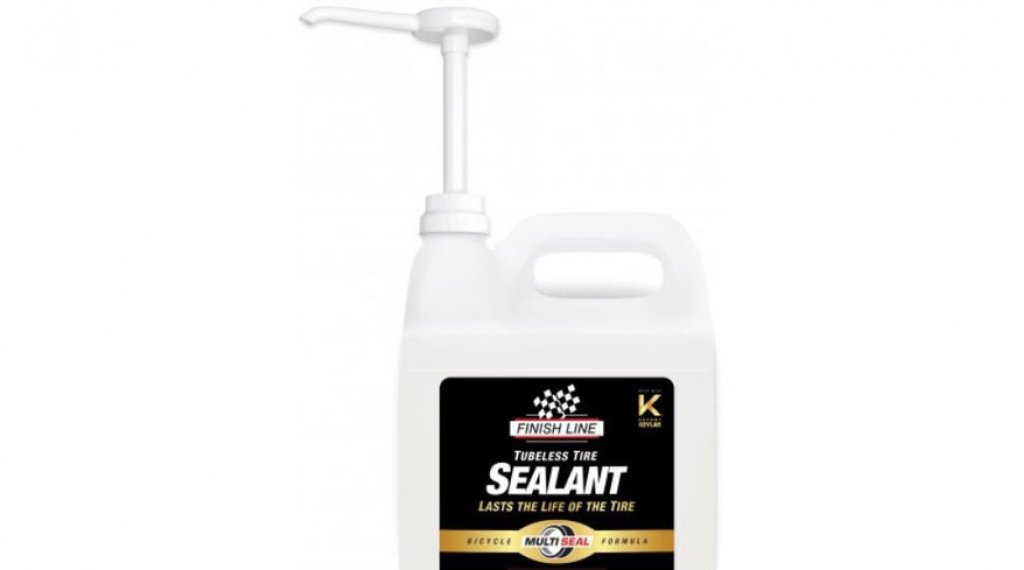
A special plaster is used to repair cuts. Before proceeding with gluing and patching, the tire must be thoroughly cleaned of dirt and the cut measured. Then remove the tire from the disk:
Tubeless tire side cut repair completed. Of course, such a wheel can only be used as a spare.
Of course, such a wheel can only be used as a spare.
A tire is a full member of the suspension that carries the weight of the car, resists bumps in the road, emergency braking and cornering. Her duty is to maintain the stability of the car and contact with the roadway.
It is only thanks to the cord (textile or metal) that the tire is able to withstand the load. And as a result of a cut, as a rule, the cord also breaks. It is impossible to restore it. There is no such apparatus that would implant new threads into the camera. nine0004
Where the cord is torn, the tire becomes unstable, loses its rigidity. Even if the wheel is patched by tire professionals, no one can guarantee that the wheel will not explode under increased load. In addition, all suspension elements begin to suffer.
Even if the wheel is balanced, the lack of rigidity at one point breaks the synchronism in the operation of the hubs and levers, the steering rack.